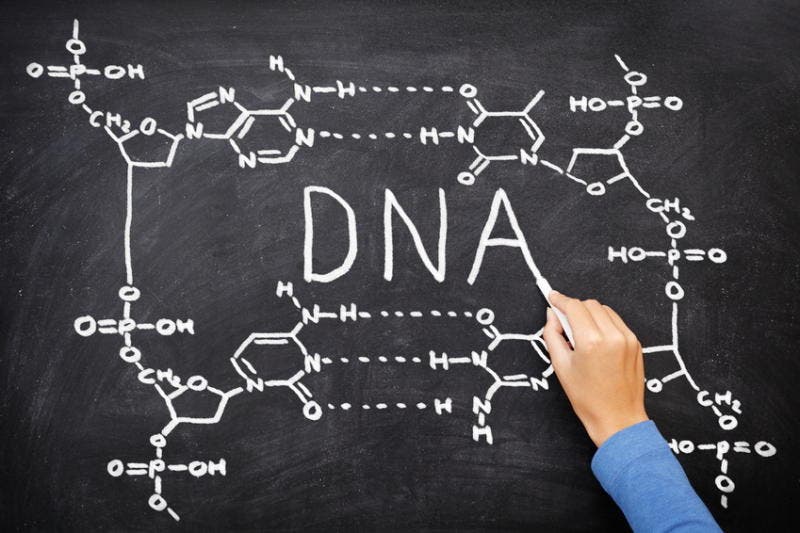Less than 1.5 percent of our DNA is used in a conventional way, that is to encode for proteins – this was the common sense around this issue 10 years ago; recently, previous research has shown that 5-8% of the genome is conserved at the level of DNA sequence, indicating that it is functional, but we don’t really know exactly what it does. However, a new study conducted by Australian geneticisits suggests that much more (possibly up to 30%) is conserved, and actually used at the level of RNA structure.
At a very basic level, DNA is the blueprint for our bodies – but it must be copied into another instance before it is actualised. The DNA molecule encodes the genetic instructions used in the development and functioning of all known living organisms and many viruses. Through a process called ‘transcription’, DNA is copied into RNA, some of which encodes the proteins that carries out various tasks required by our cells. Just like very small Lego blocks, RNA molecules bind with each other in very specific ways, creating a very complex 3D structure. Dr Martin Smith and Professor John Mattick, from Sydney’s Garvan Institute of Medical Research, have created a very complicated method of predicting these RNA structures.
“Genomes accumulate mutations over time, some of which don’t change the structure of associated RNAs. If the sequence changes during evolution, yet the RNA structure stays the same, then the principles of natural selection suggest that the structure is functional and is required for the organism,” explained Dr Martin Smith.
Using this method, they ultimately concluded that we actively use much more DNA for coding than previously believed.
“Our hypothesis is that structures conserved in RNA are like a common template for regulating gene expression in mammals – and that this could even be extrapolated to vertebrates and less complex organisms.”
“We believe that RNA structures probably operate in a similar way to proteins, which are composed of structural domains that assemble together to give the protein a function.”
“We suspect that many RNA structures recruit specific molecules, such as proteins or other RNAs, helping these recruited elements to bond with each other. That’s the general hypothesis at the moment – that non-coding RNAs serve as scaffolds, tethering various complexes together, especially those that control genome organization and expression during development.”










